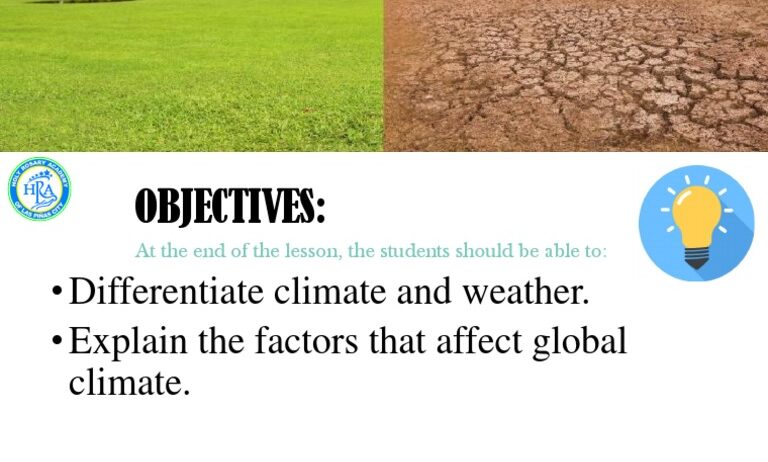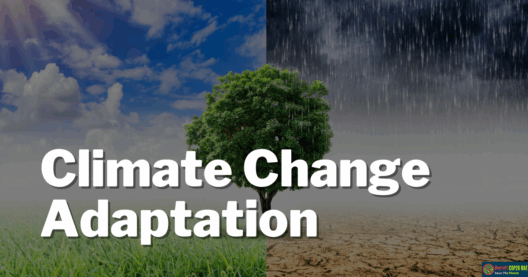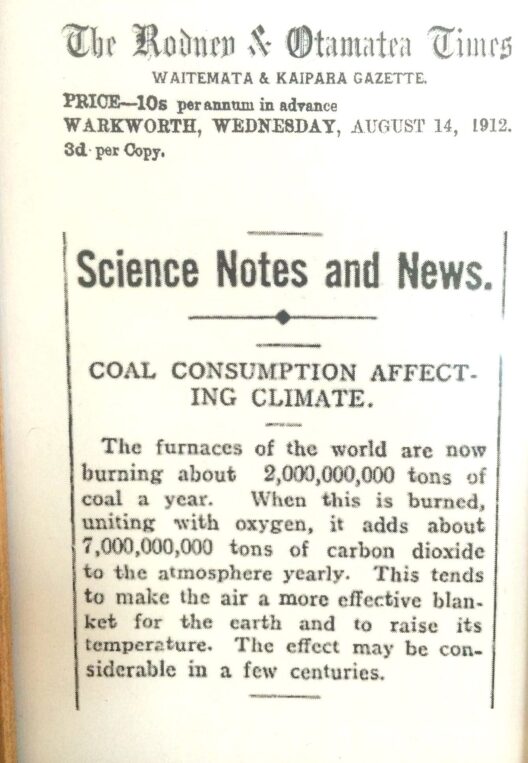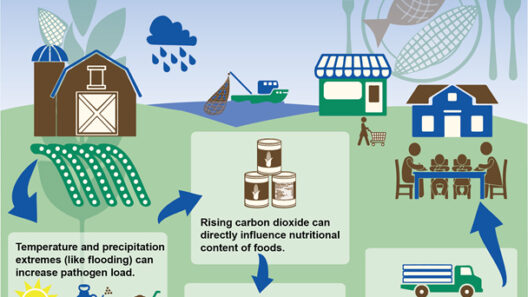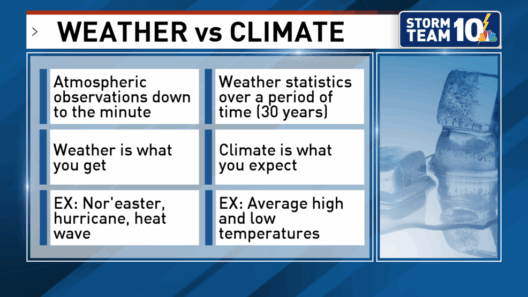Climate is an intricate tapestry woven from various interconnected elements that result in the distinct atmospheric conditions experienced around the globe. Several factors contribute to the dynamics of climate, including geological, biological, and human-influenced aspects, which interplay in complex ways to shape weather patterns over time. Understanding these factors is imperative for mitigating climate change and fostering sustainable practices.
Global climate variations arise from an intricate interaction of natural and anthropogenic components. The factors affecting climate can be segmented into three broad categories: atmospheric dynamics, terrestrial influences, and human activities. Each category presents a unique set of variables that contribute to the overarching climatic outcomes we witness today.
Atmospheric Dynamics: The Role of Air Currents and Pressure Systems
One cannot discuss climate without acknowledging the pivotal role of the atmosphere. The movement of air masses, known as atmospheric circulation, dictates regional climates and is largely driven by solar radiation. The sun shines unevenly on the Earth’s surface, leading to temperature gradients, which in turn create differences in air pressure. These pressure variances give rise to prevailing winds, such as the trade winds and the westerlies, which circulate warm and cold air around the planet.
Equatorial regions experience the most direct sunlight, resulting in consistently warm temperatures and high humidity; thus, they foster lush rainforests. Conversely, polar regions receive slanted sunlight, resulting in frigid temperatures and ice-covered landscapes. This fundamental disparity is crucial in forming climate zones, such as tropical, temperate, and polar climates.
Additionally, oceanic currents play a significant role in regulating climate. Thermohaline circulation, commonly referred to as the ocean conveyor belt, transports warm, salty water from the equator toward the poles and brings cold water back to the tropics. This circulation modulates temperatures and weather patterns, impacting regions far away from their origin. For example, the Gulf Stream warms Northwestern Europe, making it significantly milder than other locations at similar latitudes.
Geological Influence: The Earth’s Surface and Its Contribution to Climate
The physical characteristics of the Earth’s surface greatly influence local and regional climates. Topography, or the arrangement of physical features, affects how air masses interact with the environment. Mountain ranges act as barriers, resulting in the phenomenon known as orographic lift. When moist air encounters a mountain, it is forced to rise, cool, and condense, leading to increased precipitation on the windward side. Conversely, the leeward side often experiences arid conditions, creating rain shadows, as seen in the Andes mountains.
Furthermore, geological formations, such as valleys and plateaus, affect how heat is absorbed and retained in the landscape. Urban areas, with their concrete structures and asphalt surfaces, contribute to the urban heat island effect, where cities become significantly warmer than surrounding rural areas due to human activities and infrastructure.
Biological Factors: The Influence of Flora and Fauna
The biosphere, comprising all ecosystems and living organisms, plays an instrumental role in shaping climate systems. Vegetation influences local climates through mechanisms such as transpiration. Trees and plants release water vapor into the atmosphere, which contributes to cloud formation and precipitation patterns. Forests, for instance, can significantly affect temperature and humidity levels in their vicinity.
Biodiversity also contributes to climatic stability and resilience. Healthy ecosystems, such as wetlands, act as carbon sinks, storing carbon dioxide and regulating greenhouse gases. Conversely, human-induced deforestation leads to increased carbon emissions, exacerbating climate change and detrimental feedback loops.
Human Activities: The Anthropocene and Its Unprecedented Impacts
In the modern era, human activities have surpassed natural factors as the primary drivers of climate change. Industrialization, deforestation, and urbanization have resulted in the pervasive accumulation of greenhouse gases, such as carbon dioxide and methane. The burning of fossil fuels for energy significantly contributes to atmospheric carbon levels, leading to a rise in global temperatures.
Land use changes, such as converting forests to agricultural land, disrupt local habitats and contribute to biodiversity loss, which in turn affects ecosystem functionality and climate regulation. As urban areas expand, the incessant demand for energy, materials, and resources creates a carbon-heavy footprint that amplifies climate change.
Moreover, agriculture plays a dual role in climate dynamics. While it provides the sustenance necessary for survival, certain practices—such as the use of synthetic fertilizers and monoculture farming—release nitrous oxide and other greenhouse gases, further intensifying climate change. Shifting to more sustainable agricultural practices is crucial to mitigate these adverse effects.
Conclusion: A Collective Responsibility
The myriad factors affecting climate, both natural and human-induced, require a holistic understanding and collective action. While each factor plays a distinct role within the global climatic system, their interactions create an intricate web of effects that ultimately shape environmental conditions across the planet. To address the pressing issue of climate change, we must adopt sustainable practices, conserve natural habitats, and promote policies that align with environmental stewardship. The fight against climate change is indeed a shared responsibility, necessitating concerted effort at individual, community, national, and global levels.



